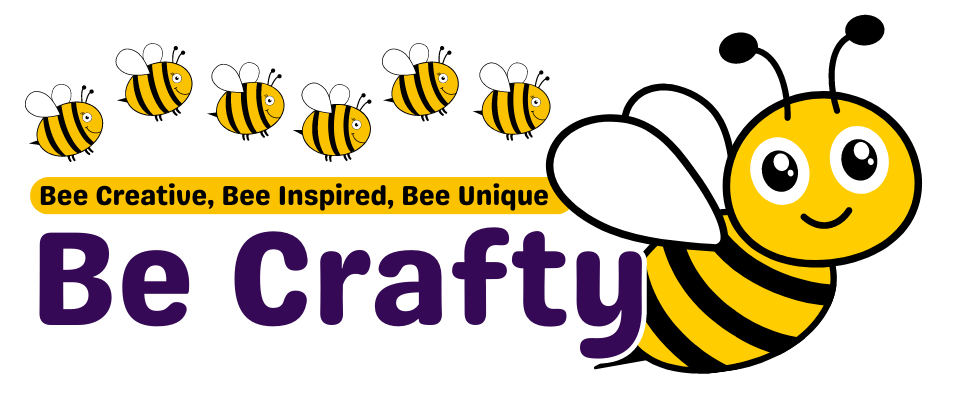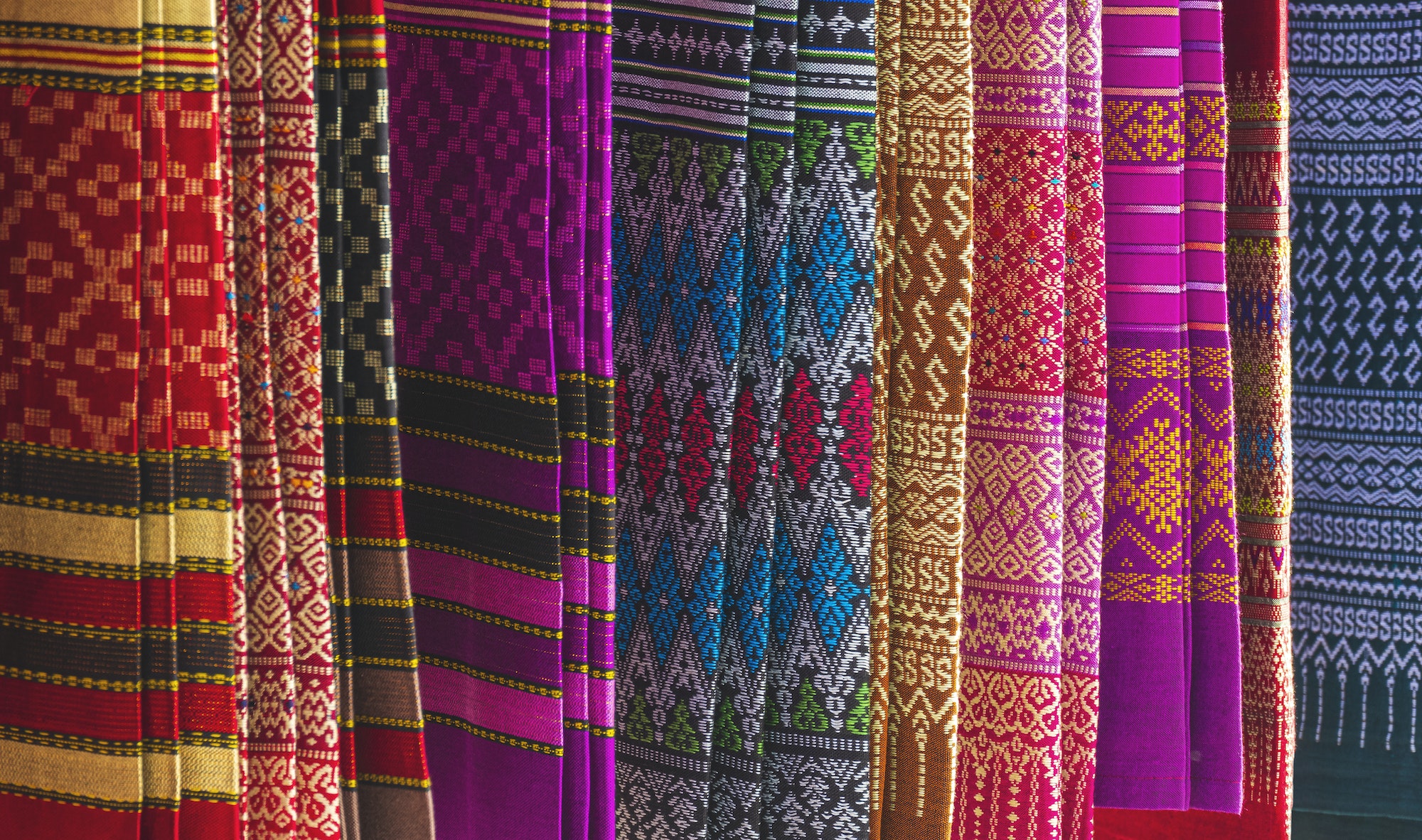Guatemalan backstrap weaving is a traditional textile art that dates back to pre-Columbian times. This ancient craft has been passed down through generations of indigenous Maya communities in Central and South America. Today, it remains as a vibrant and essential aspect of their cultural identity. This article will explore the materials and techniques used in backstrap weaving, focusing on Guatemalan traditions and Central and South American-inspired fabric crafts.
Backstrap weaving is an intricate process that requires skill, patience, and a deep understanding of the craft. The weaver uses a simple loom made from wooden sticks, ropes, and a strap that goes around their lower back. The backstrap loom is portable and can be easily set up anywhere by attaching one end to a stationary object like a tree or post, and the other end around the weaver’s waist.
The materials used in backstrap weaving are predominantly natural fibers such as cotton, wool, silk, and maguey (a type of agave plant). Cotton is the most common material used in Guatemala due to its availability and versatility. Traditionally, cotton was hand-spun using a spindle called a malacate. However, today many weavers use commercially spun cotton yarns.
One of the defining characteristics of Guatemalan backstrap weaving is the use of vibrant colors and intricate patterns. Natural dyes were traditionally used to create these colors, derived from plants, insects, and minerals found in the region. Some common sources of natural dyes include annatto seeds (red), indigo leaves (blue), cochineal insects (red/purple), and tree bark (brown). Today, many weavers have transitioned to using synthetic dyes due to their affordability and colorfastness.
The patterns created in backstrap weaving are often inspired by nature, mythology, or geometric shapes. Many designs have specific meanings or represent cultural symbols passed down through generations. Some popular motifs in Guatemalan weaving include the quetzal (a revered bird native to Central America), the double-headed eagle, and various geometric patterns representing mountains, rivers, and other natural elements.
There are several techniques used in backstrap weaving to create these intricate patterns. One of the most common is the brocade technique, which involves weaving supplementary weft threads into the fabric to create raised designs. This technique is time-consuming and requires great skill, as the weaver must carefully manipulate the additional weft threads while maintaining tension on the loom.
Another technique used in backstrap weaving is ikat, a resist-dyeing process that involves tying off sections of yarn before dyeing them. This creates a pattern in the yarn that is then revealed when it is woven into fabric. Ikat is a complex technique requiring precision and planning, as the weaver must accurately align the dyed sections of yarn to create the desired pattern.
In recent years, there has been a resurgence of interest in traditional Central and South American-inspired fabric crafts. Many contemporary artists and designers are incorporating backstrap weaving techniques into their work, creating unique and vibrant textiles that merge ancient traditions with modern aesthetics.
For those interested in learning backstrap weaving or incorporating it into their craft practice, there are numerous resources available. Workshops and classes are often offered at local cultural centers or through online platforms. Additionally, many books and instructional videos provide detailed guidance on setting up a backstrap loom, selecting materials, and mastering various weaving techniques.
In conclusion, Guatemalan backstrap weaving is an ancient textile art that continues to thrive today due to its rich cultural significance and the dedication of skilled artisans. By understanding the materials and techniques used in this craft, one can appreciate its intricacy and beauty while also contributing to its preservation for future generations.


